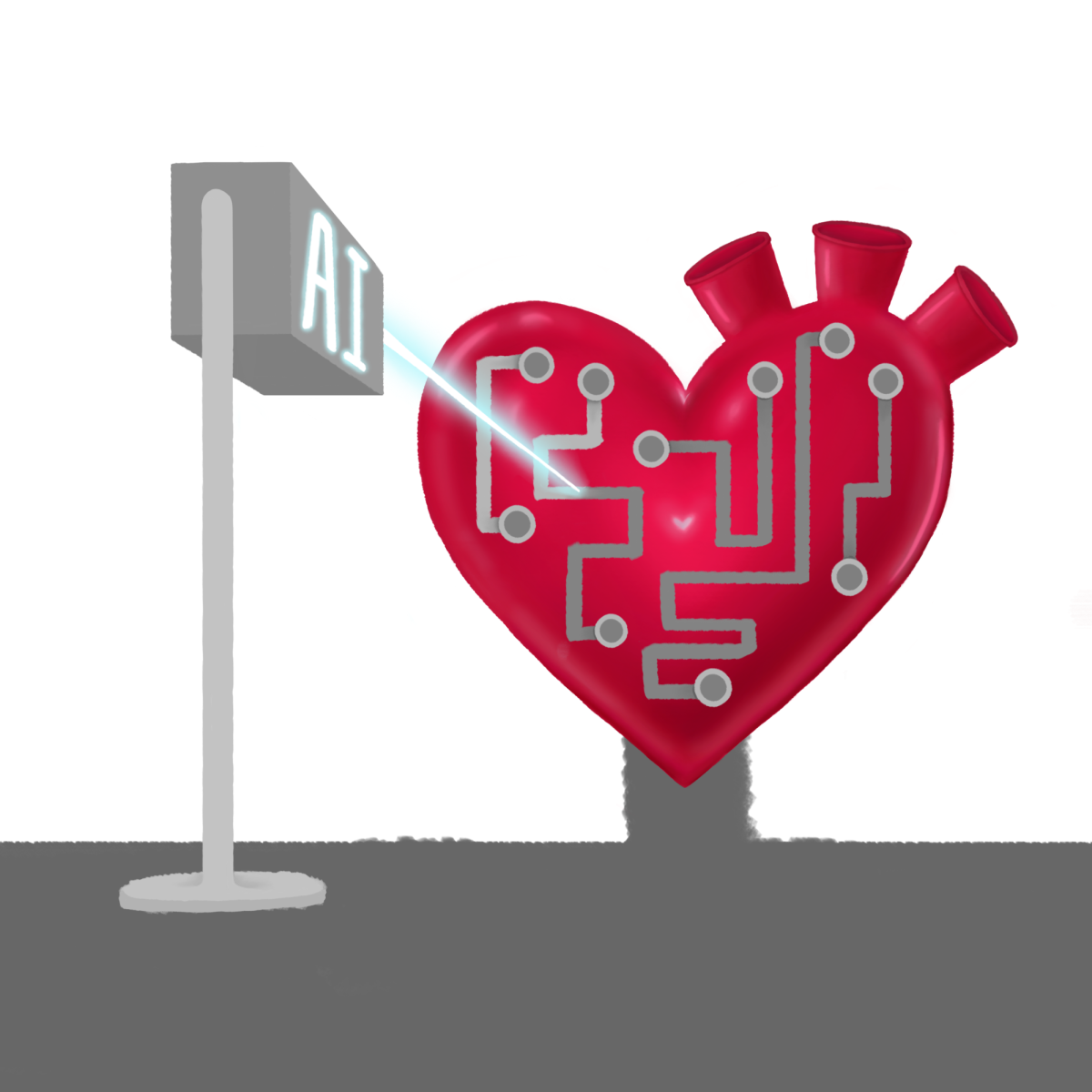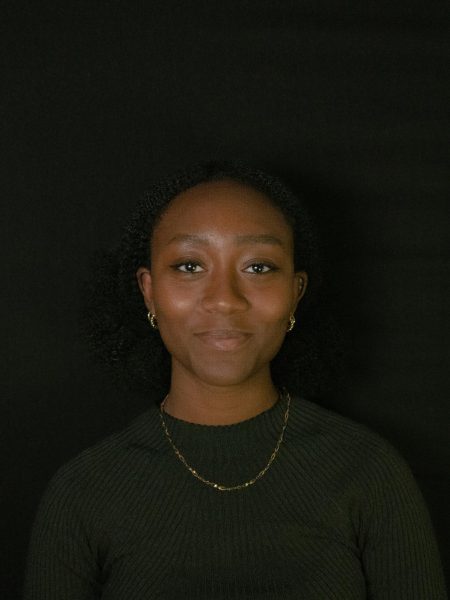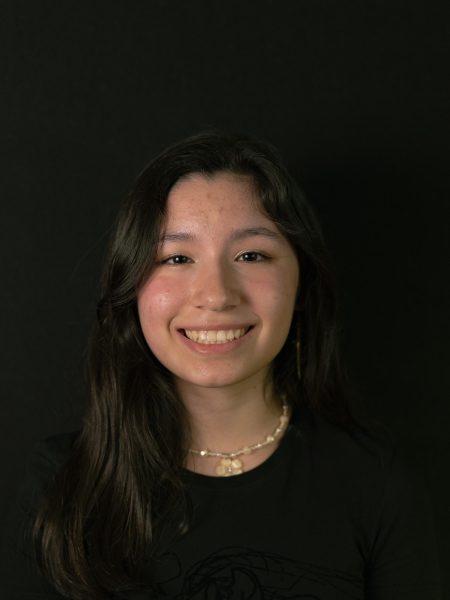Two researchers from UTSA and UT Health are developing a potentially revolutionary new technology: a generative AI model that would provide cardiologists with a more accurate vision of the inside of patient arteries.
Coronary arteries are responsible for bringing blood to the heart. The ability to look through coronary arteries provides doctors with the information needed to predict heart attacks, typically by assessing the amount of plaque build-up. Currently, the safest procedure to perform coronary scans utilizes optical coherence tomography (OCT). Originally intended for retinal scans, OCT is used in this context by capturing the infrared light from a catheter inserted into the artery. Doctors can “see” inside the artery with the very high-resolution images produced.
“The problem is that this optical technique gives so much information; it’s almost too much, so the physicians that are using it are overwhelmed by the amount of information and detail,” says Marc Feldman, M.D., and emeritus and adjoint professor at UT Health San Antonio. Feldman collaborated with Thomas E. Milner, a UT Austin engineering professor, to adapt OCT for coronary purposes. The only other alternative to examining a patient’s heart in such detail is through an autopsy.
Feldman and Paul Rad, UTSA School of Data Science associate director of research, along with doctoral research assistant Paul Young, are developing the next step in improving the interpretation of coronary OCT images through AI. Feldman’s senior research scientists, Aleksandra Gruslova and Drew Nolen, with research assistant Luis Diaz Sanmartin, have collected around 2,000 OCT scans and histology images to feed their AI model.
“The goal is to build a generative AI model that can learn from the existing images Dr. Feldman has captured in his lab, so our model can predict heart attacks at the earliest stage, and doctors can make impactful decisions to avoid potential heart damage in the future,” says Rad. There is a crucial hurdle to overcome: “The OCT sees a reflection of light in the material of the artery, then Paul [Young] has to make sure the AI’s learning is adjusted based on the reflection of different materials because lipid is different from other materials in arteries. Basically, his model has to learn the physics of light.”
Successfully correcting the AI’s learning abilities could provide clinicians with advanced technology that could expand heart healthcare. Consistently accurate and detailed heart images allow cardiologists to determine the best and safest course of action at once. Increased development also means an increased understanding and interpretation of OCT imaging. Feldman and Rad look forward to the future uses of this technology.
“Once you provide new information to a bunch of smart doctors, they’ll start creating new ways to apply or use it that we can’t foresee right now,” Feldman says.
The project is anticipated to take several years, after which the AI model is expected to be widely available through a partnership between Feldman, Rad, OCT manufacturers and medical equipment suppliers.
This research is one of the many pioneering initiatives by UTSA to become a national leader in AI and innovation. Other initiatives include establishing a new college in AI, cyber-security, computing and data science. More information about UTSA’s Strategic Plan is available at utsa.edu/strategicplan, and updates will be regularly available at paisano-online.com.














